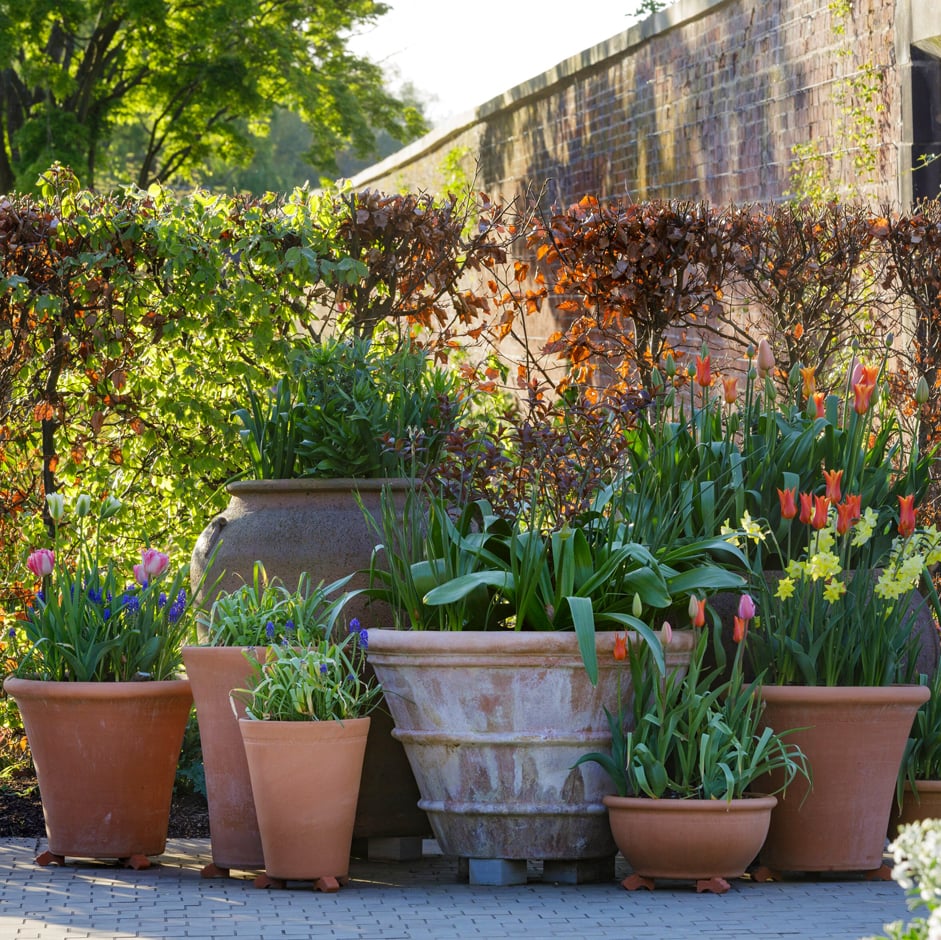Growing guide
How to grow Calluna
Calluna grow well on free-draining acidic soil, in a sunny position. They look great planted with other matt forming heathers such as erica species, and dwarf bulbs. They can be grown in containers using ericaceous (acidic) compost, and will suit whatever size garden or space you have available.
Quick facts
All you need to know
While we think all this information will be helpful to you, we always recommend to read the instruction labels on your plants.

Discover Calluna
Everything you need to know about choosing the right calluna for you.
Get involved
The Royal Horticultural Society is the UK’s leading gardening charity. We aim to enrich everyone’s life through plants, and make the UK a greener and more beautiful place.

